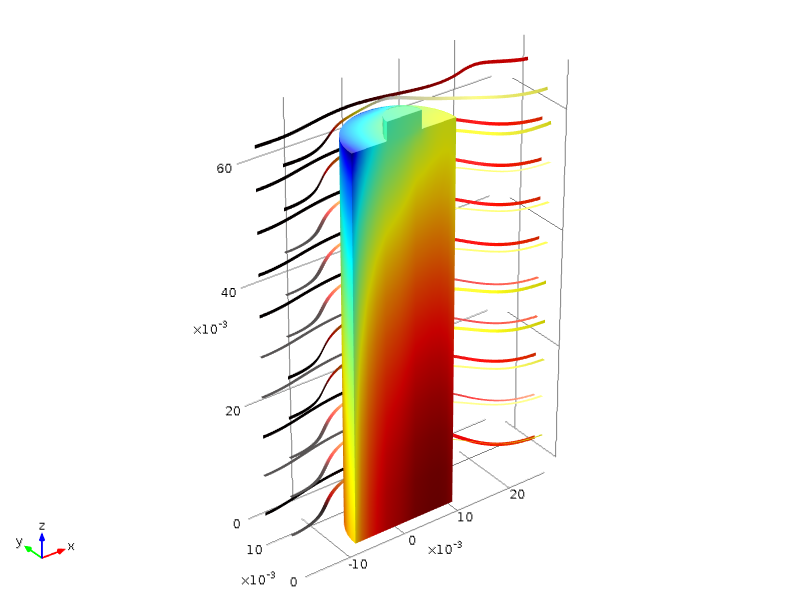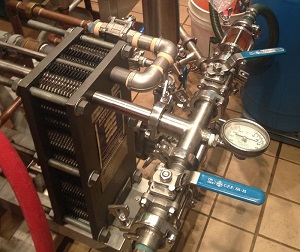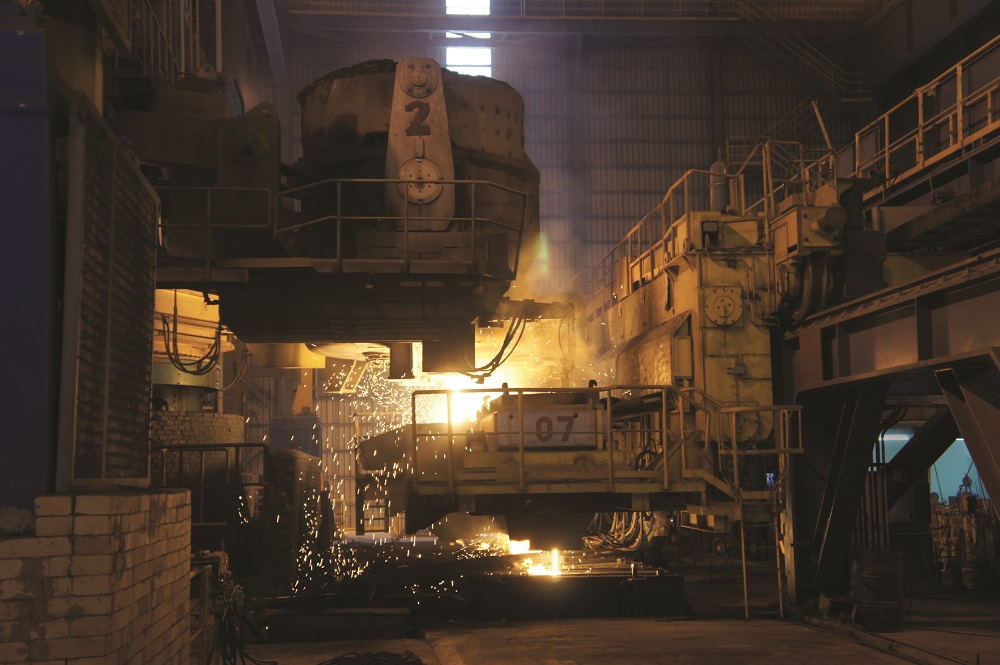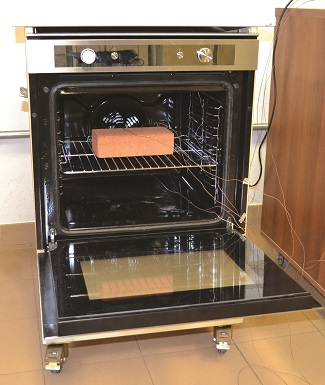Blog Posts Tagged Heat Transfer Module

Accounting for Heat in the Design of Lithium-Ion Batteries
Heat transfer is an important phenomenon to consider when designing a lithium-ion battery. See how multiphysics simulation can help ensure a safe and efficient Li-ion battery design.

Improving the Beer Brewing Process with Simulation
Which side of home beer brewing are you more interested in: The culinary side, like the recipes and ingredients, or the engineering one, like the conjugate heat transfer and chemical reactions?

Thermal Contact Resistance Simulation
When 2 materials are in direct contact, thermal conductivity is determined by their properties, but surface roughness introduces air-filled gaps between the materials. How do you model this?

Modeling a Coil Heat Exchanger
Coil heat exchangers are simple and easy to manufacture — but what about modeling them? Adding expressions to compute the temperature drop between coil turns simplifies the modeling process.

Phase Change: Cooling and Solidification of Metal
Phase change: A transformation of material from one state of matter to another due to a change in temperature. Learn how to model phase change in a continuous casting process.

Optimizing the Continuous Casting Process with Simulation
To optimize the steelmaking process of continuous casting, researchers at SMS Concast turned to simulation. One result? A steelmaking plant in Taiwan reduced yearly CO2 emissions by ~40,000 tons.

Designing Fully Superconducting Rotating Machines
Researchers from the Department of Mechanical Engineering at the University of Houston used simulation to investigate the stress and heat distribution in superconducting rotating machines >>

A Recipe for Success at Whirlpool Corporation
Engineers at Whirlpool Corporation and the GREENKITCHEN European green energy initiative project used multiphysics simulation to improve energy efficiency in kitchen appliances.
